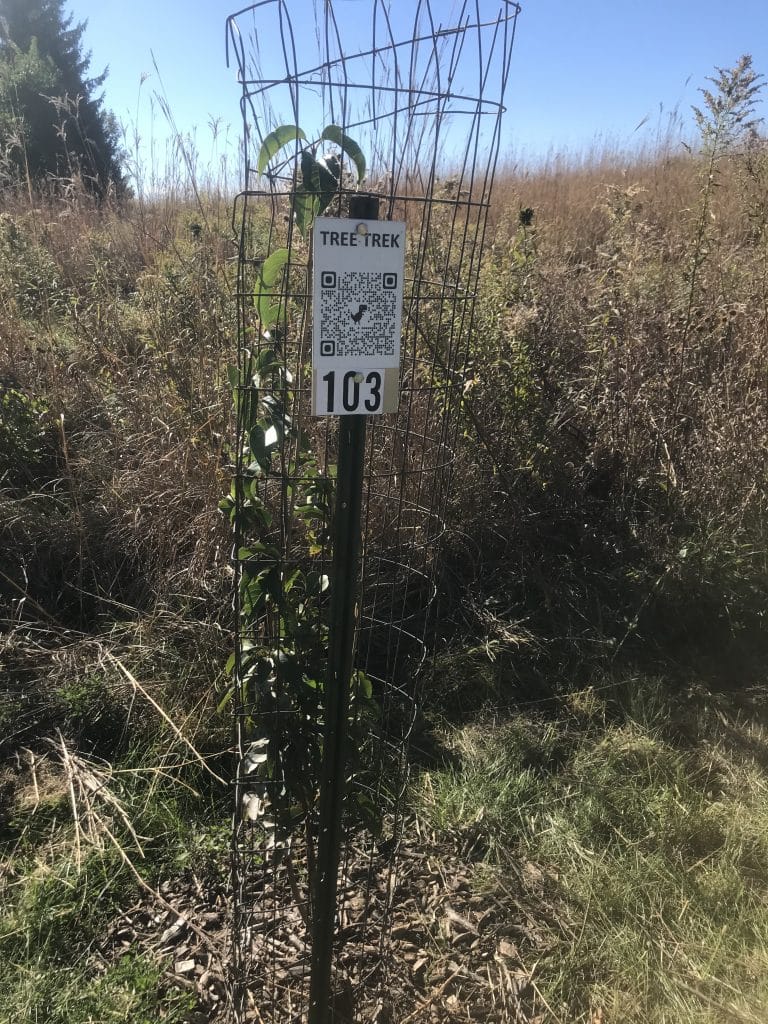Image of the shrub you are viewing
Scientific Name:Viburnum lentago
Common Name: Nannyberry, supposedly because nanny goats love the blue berries
Deciduous – drops its leaves in Fall – Late Winter
Sunlight / Moisture Soil Preferences Nannyberry grows in full sun to partial sun, likes medium to moist soil, of clay or loam type.
Flowering type: Nannyberries are monoecious, meaning each individual flower has both male and female parts. But they are not self-pollinating, so at least two plants are needed for seed development to occur.
Pollination strategy: Pollinated by a variety of insects, including many types of bees, flies, and beetles.
Native: to eastern North America
Age Estimate / Health: 4 years, planted here Summer 2025, healthy
Longevity: 40 years
Mature Size: 15-20 ft tall by 10-15 ft wide
GPS Coordinates: 45.0019 N, 92.9040 W
Mature Shrub in Summer / Winter
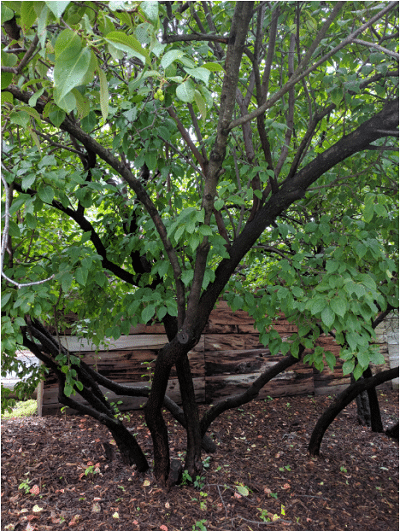
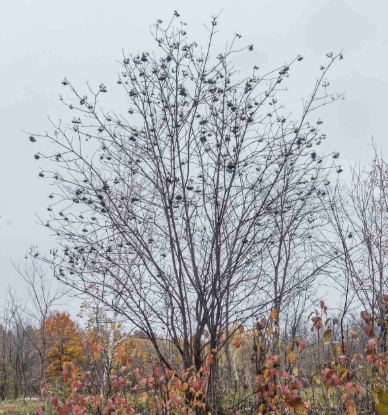
Leaves Summer/ Fall
Leaves are simple and opposite, lance-elliptic to nearly oval, 2 to 4 inches long, 1¼ to 2¼ inches, wide with an abrupt taper to a sharply pointed tip, and rounded at the base. The leaf stalk is ½ to 1¼ inch long, typically flattened with irregular wings. Surfaces are hairless, the upper surface dark green and shiny, lower surface paler, mostly smooth or with very tiny scale-like covering. Edges have crowded, short, sharp teeth.
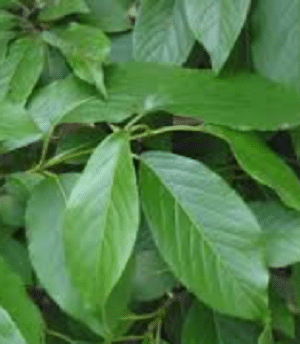
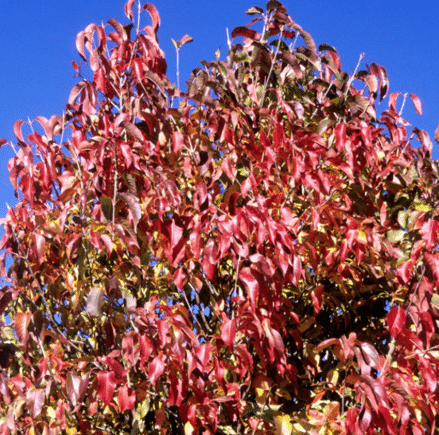
Flowers
Flower cluster closeup and showing multi-cluster arrangement
B
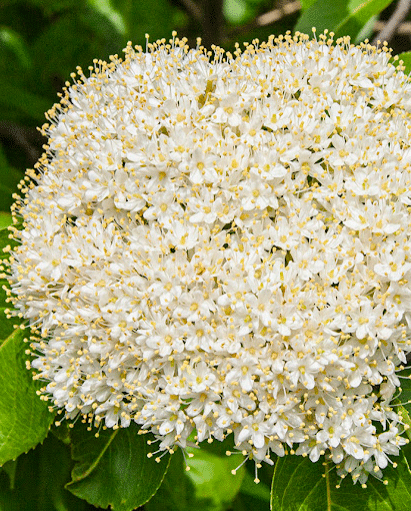
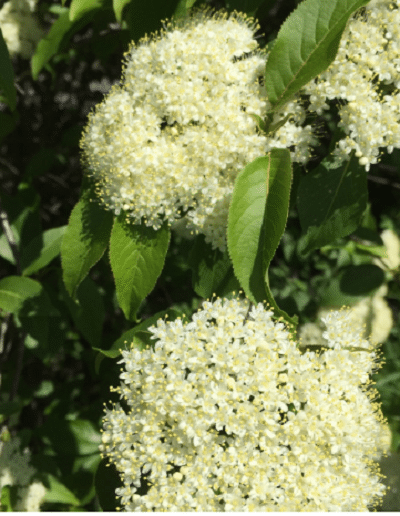
Fruit is a slightly flattened, elliptical, fleshy, berry-like drupe, 1/3 to ½ inch long, green turning purplish-red then darkening to blue-black, juicy, and containing a single seed.
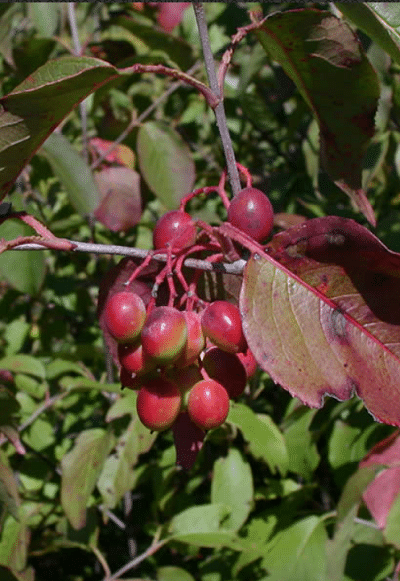
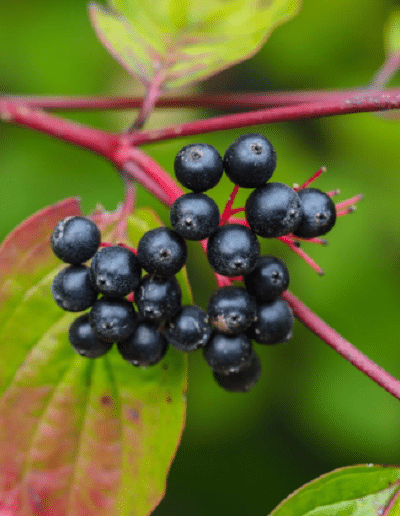
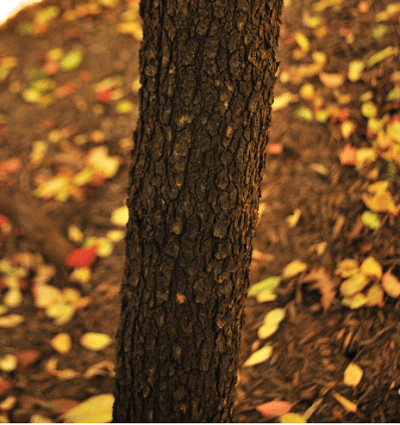
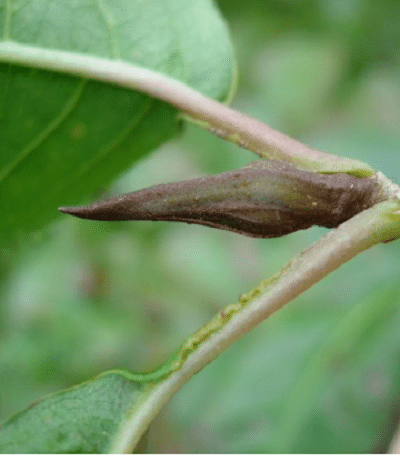
Information for Homeowners
Nannyberry is not only common throughout most of Minnesota, it’s become a fairly popular landscaping shrub in urban areas. While it’s typically a densely mutliple stemmed shrub in open sites, the plant industry had deemed it fit to train it to a single stem, marketing it more as a small tree. That works only as well as the final property owner dutifully prunes out the numerous suckers it attempts to produce. Even then, it will not persist long term as a single stemmed small tree, over time losing its vigor and esthetic form. reference: https://www.minnesotawildflowers.info/shrub/nannyberry
Nannyberry rises from scattered, deep, anchoring roots and shallow, branched, fibrous, soil-binding roots. The roots have buds which may sprout and form above-ground stems (suckers). When conditions permit, it forms colonies which may become large and dense.
Nannyberries are not self-pollinating, so at least two plants are needed for seed development to occur.
Butterflies and other insect pollinators are attracted to the flowers. The berries are a popular food source for birds. Nannyberry is also a caterpillar and larva host to the azure butterfly.

